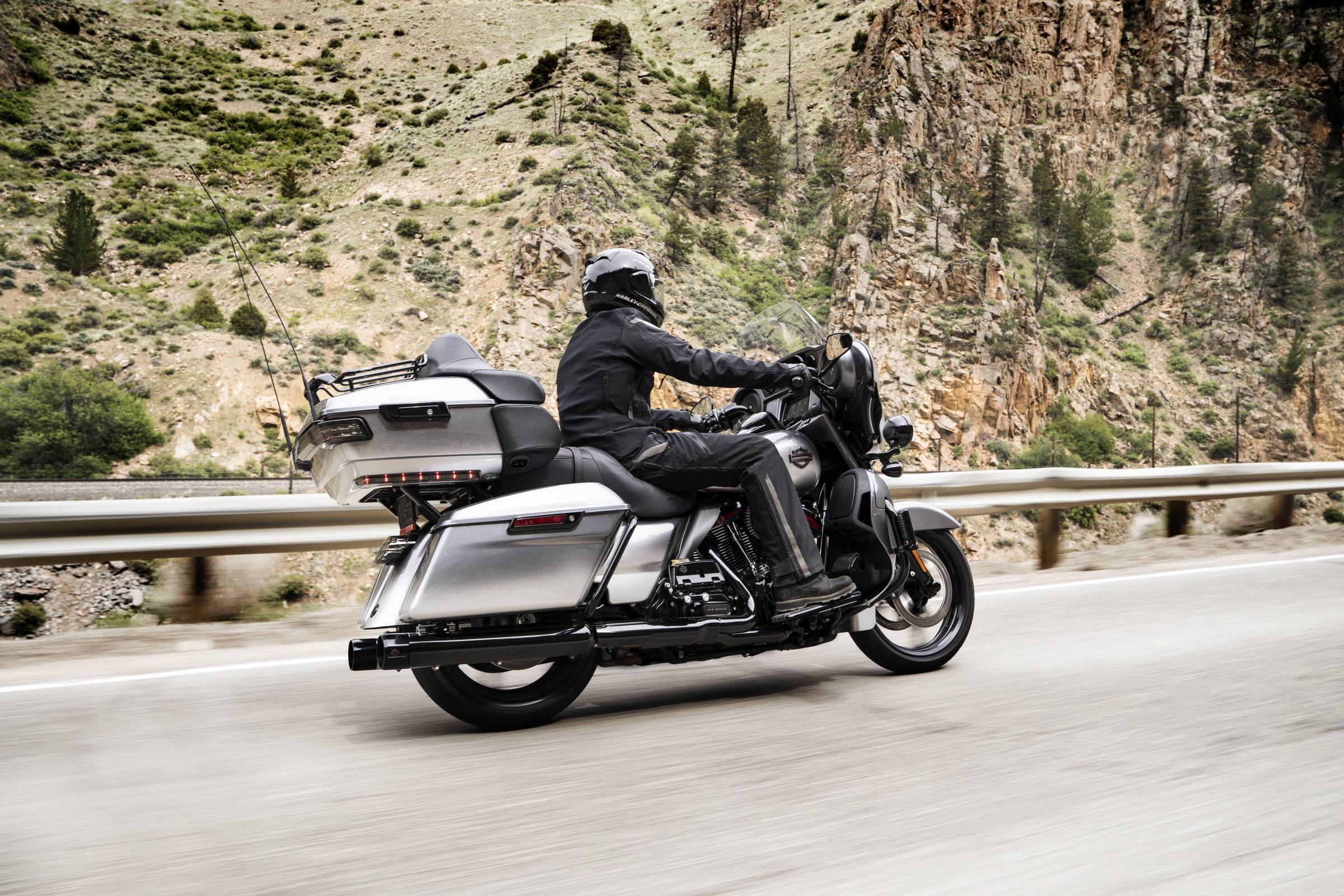Cruiser Motorcycles: What Are They?
Modified On Jul 6, 2019 07:46 PM By Niraj Kakade
- 1483 Views
- Write a comment
Want the “fun” aspect of a motorcycle without losing out on the saloon-like comfort of your car? We have something for you.

Let’s be honest, most of the aam junta doesn’t associate hundreds of kilometres worth of road trips with motorcycles. And that’s for a good reason. As fun and practical as they are in urban environments, they can be uncomfortable and jarring if you plan to clock lots of miles on the saddle. But what if we told you there’s a different breed of two-wheelers which can still give you the “fun” aspect of a motorcycle without compromising on comfort? Yes, we’re talking about cruisers.

The cool grandfathers of the motorcycling world
Cruisers are without a doubt the cool grandfathers of the motorcycling world. They’re old-school and pack a very distinctive character. A cruiser should be relaxed, pack a large-capacity fuel tank, offer a plush ride and have a motor comfortable enough to do highway speeds. In case you’re still confused, just watch The Terminator and you’ll have a fair idea of what we’re talking about.

It is one of the instantly recognizable genres of the motorcycling industry. In fact, it’s the segment which introduced the idea of motorcycling communities and brotherhood to the world. Even modern-day ADVs and sports tourers trace their roots to cruisers.
War-time origins

Just like most things today, cruisers trace their origin back to WW1 and WW2. After losing out to Indian Motorcycle as the main supplier in WW1, Harley-Davidson stepped up their advertisement game. They cashed in on the masses’ patriotism by trumpeting their motorbikes as "Uncle Sam's Choice."

As a matter of fact, a Harley-Davidson Quartermasters School was established in Milwaukee (which to this day still trains the company’s mechanics) so military instructors could come in and direct Harley-Davidson engineers in designing motorcycles for the battlefield. Unlike what you see today, the engineers focussed on outright power than torque, gas headlights and high, flat fenders to better navigate through the mud. These motorcycles were then built to be slim, easily manoeuvrable and quick on their feet, and were mostly used for reconnaissance and providing supplies.

Hence, when the time came, it was Harley-Davidson who went on to churn out some 15,000 out of the 80,000 motorcycles required for the American war effort. After the end of the war, many ex-servicemen with nostalgic memories would seek out these machines and customize them to suit their now-civilian needs. This is also how the “chopper” culture was born. Harley again saw a market opportunity here. It slapped on a bigger tank, comfier suspension and some iconic V-twin engines in between to complete the package. Thus, the legendary “Cruiser” was born.
The Indian parallel

Just like Harley-Davidson and America, Royal Enfield shares a similar success story here in India. It was the Chennai-based brand which popularised the cruiser segment here. Since then, the company has had a huge influence in popularising the idea of motorcycle road trips.

Even if you aren’t a two-wheeler enthusiast, the idea of a Ladakh road trip on an Enfield might have crossed your mind at least once. In order to cater to those needs, the company offers a wide variety of motorcycles, including retro-styled ones like the Classic range and more modern offerings like the Thunderbird series.

But it's not just Royal Enfield that now holds the cruiser monopoly. Companies like Harley-Davidson and Kawasaki have established a foothold in the segment thanks to their “budget” offerings - the Street 750 and the Vulcan 650. On the premium side of things, we again have Harley-Davidson competing against fellow American brand Indian Motorcycles with offerings such as the Fat Boy and Scout respectively.
A dying breed?

While old-school enthusiasts will still swear by their Harleys and Enfields, the genre overall has seen a drastic decline in popularity. There has been attempts to revolutionize the segment, though. We have to look no further than the Ducati Diavel and the Triumph Rocket III to see this. Yet, still, not many youngsters are lining up to buy big, bulky, expensive cruisers. Instead, adventure-tourers, thanks to their purpose-built nature, have replaced them as the go-to motorcycle for road trips globally.

So are cruisers a dying breed now? Not quite yet.
Electric intervention

Remember when we said how their big and bulky demeanour worked against cruisers? Well, that may not be the case going forward. With the automobile industry moving away from fossil fuels, the all-electric future is inevitable. But the biggest constraint we face right now is the limited range of EVs. If you want more miles, you need bigger batteries. But with the already complicated design of modern two-wheelers, it's becoming increasingly tricky to find more and more space without compromising on its compact aesthetics.
But guess what breed of motorcycles have historically been big and bulky? Yes. With their large dimension, cruisers are the ideal candidates to literally and figuratively carry the future ahead.
